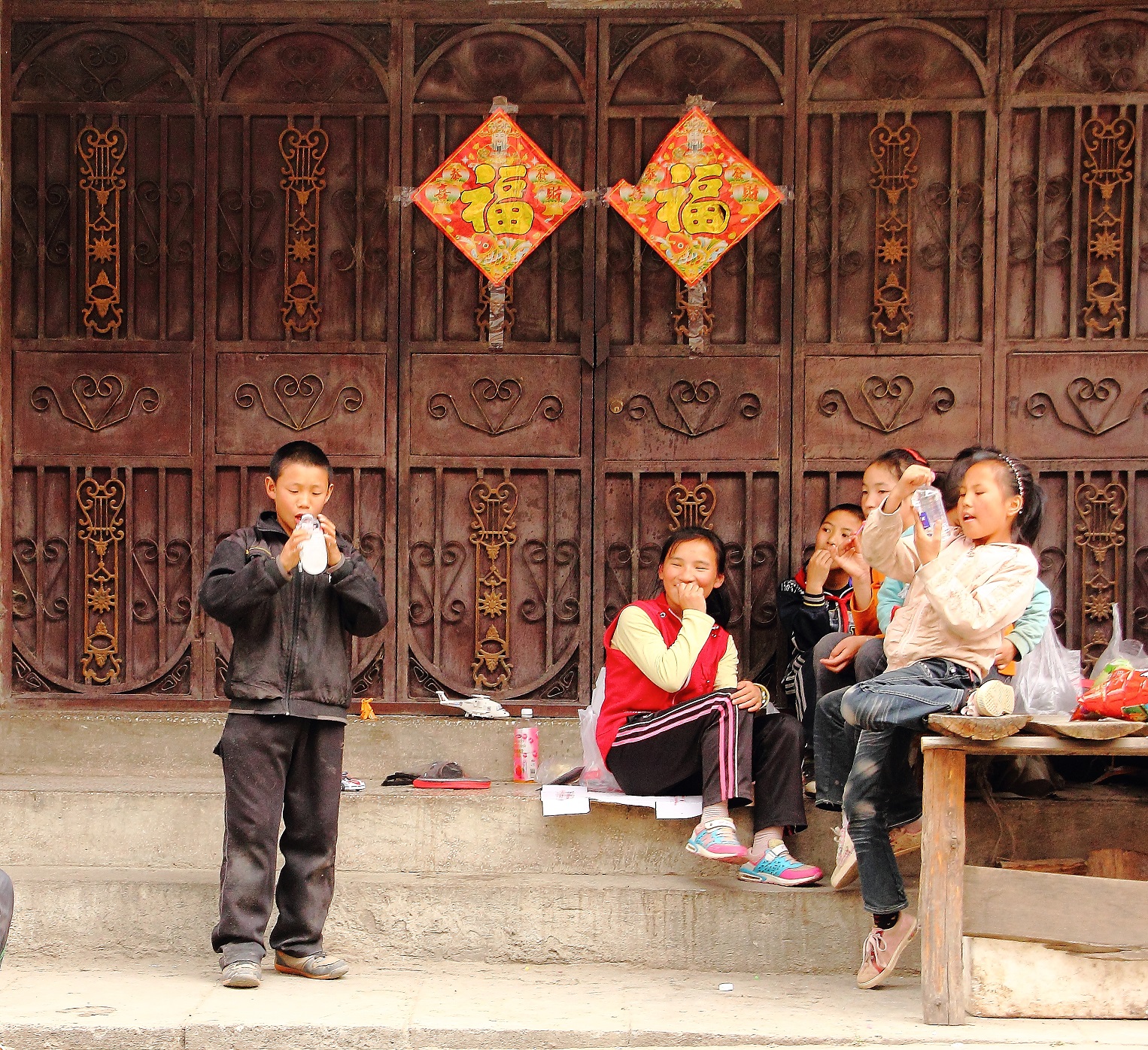Author:
Ashton Spangler
Short summary:
Since 2020, the online classroom has been an essential part of life for school-age children during the pandemic. Throughout the globe, having little- if any- access to the internet has pushed back major sustainable educational goals set by the UN, but maybe this can teach us all something about what a “school” is and can be.


Commemoration of Sustainable Development Goals
Dublin 2018;
Photo Credit: Dirk Hudson
After two and a half years of pandemic vigilance and torment, the preparedness routine for a student’s online learning is likely starting to feel as natural as responding to a dry mouth with a sip of water: ensure WiFi connection is reliable, download a hefty list of APPs for classes and homework, and establish a quiet, comfortable workspace within a shared living environment. The homebound classroom for entire schools is by no means a flawless solution for pandemic containment, but unfortunately, it has also been a vital part of life since 2020.
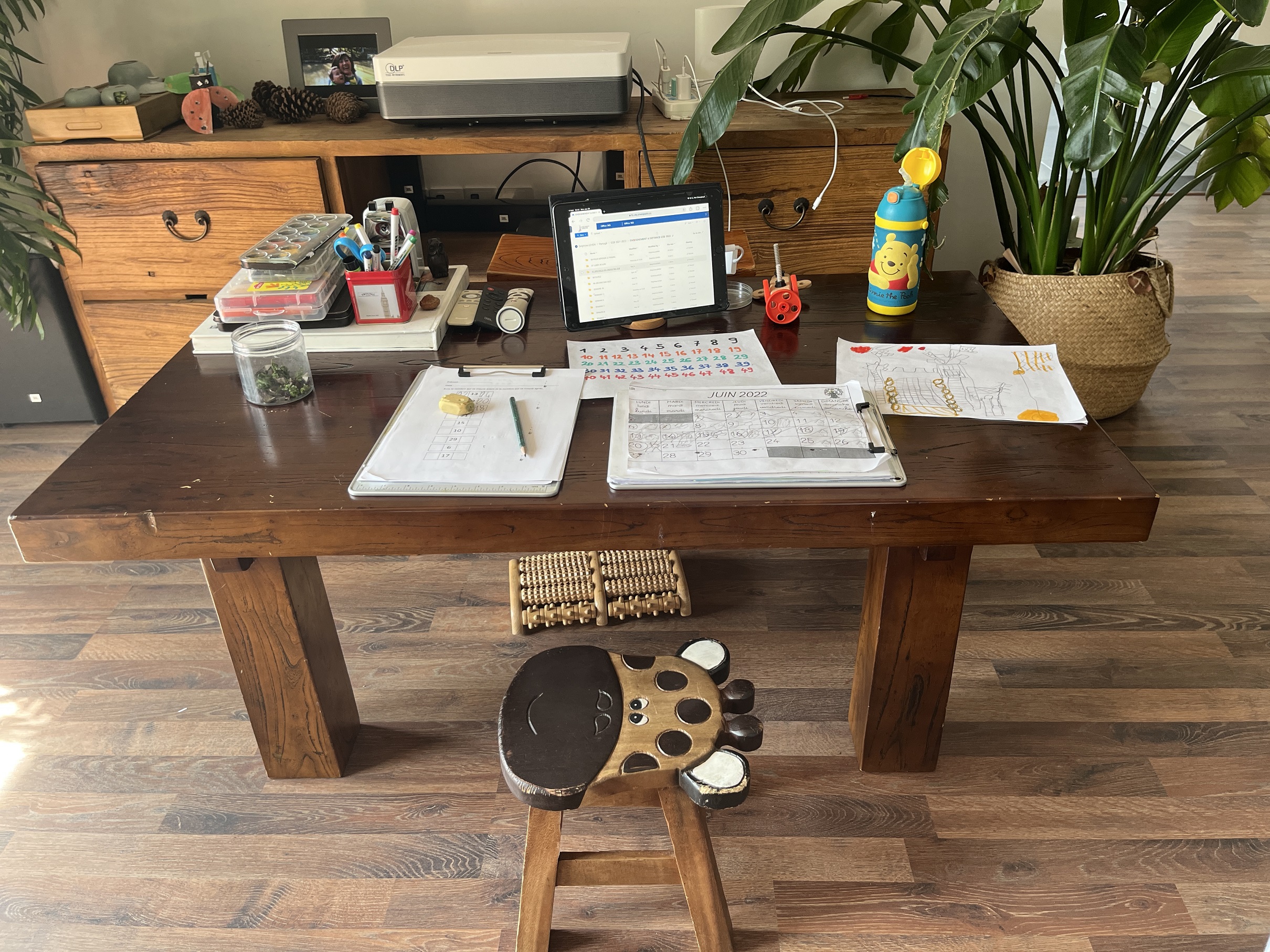
Maintaining engagement and encouraging positive behavior in children is difficult enough when they are physically within a space with their age-mates. When taking away peer role models and a teacher’s omniscient panorama of distraction detection, can a child really keep focused on learning when the temptation of video games is within literal grasping distance? The answer ultimately depends on an individual child’s motivation, resilience, and family support.
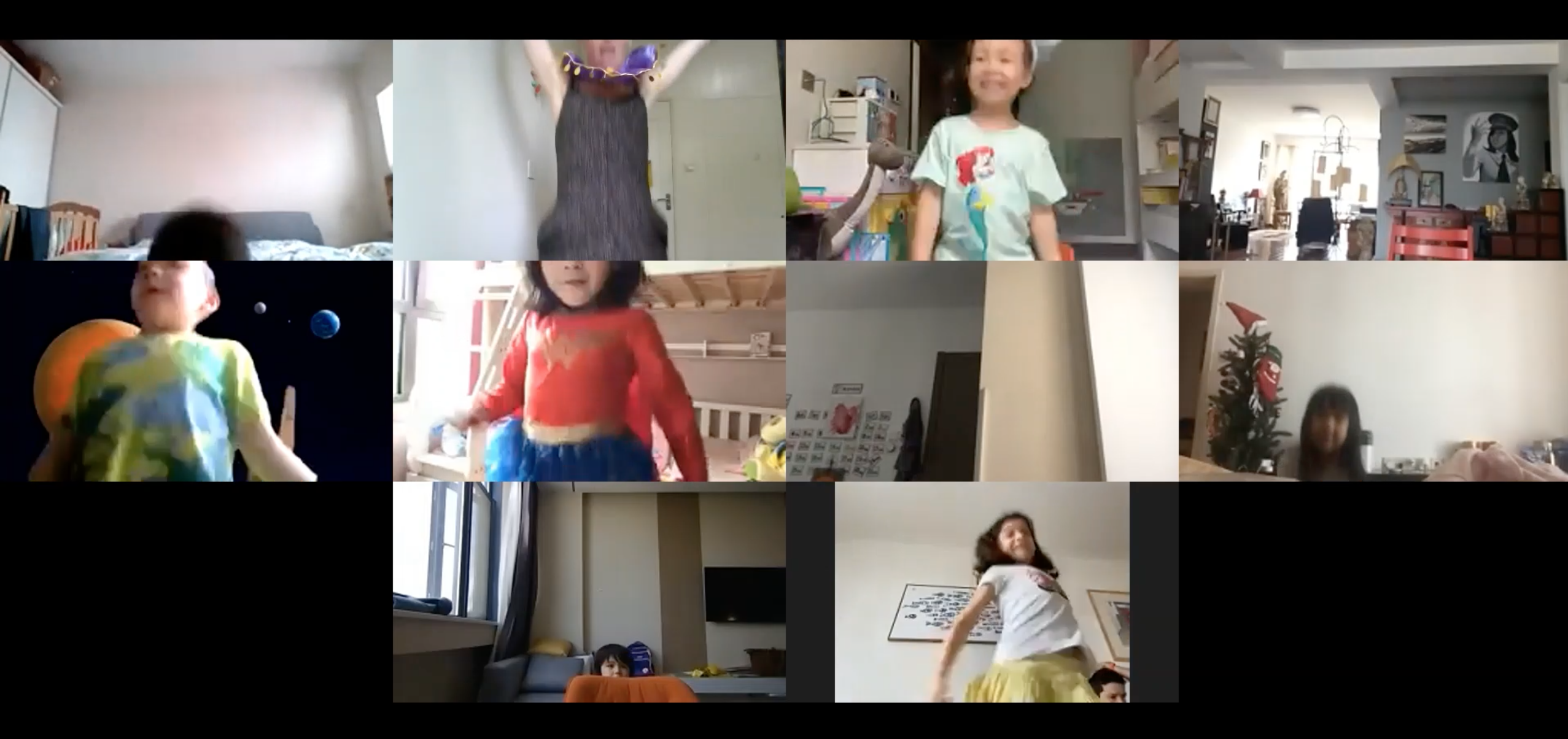
Now, take a moment and consider a similar situation of not being allowed to attend school as a social distancing measure and also living with poor- if any- access to reliable internet connections. This double-plague scenario is not one of a far-fetched imagined science fiction story, but one of legitimate future implications for current school-aged students globally.
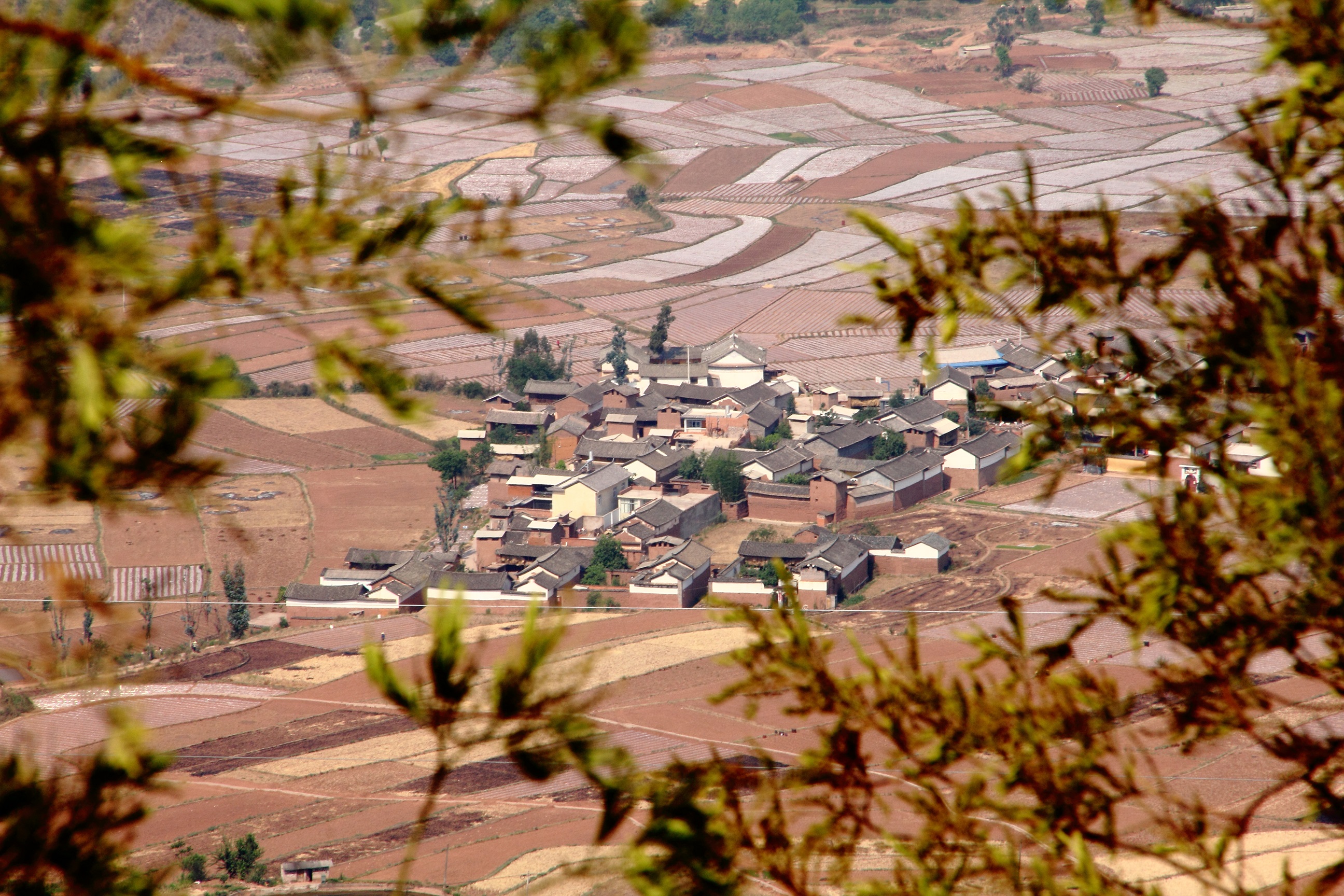
In September 2015, in a historic United Nations Summit, a vision of a healthier and more equitable planet was adopted in the 17 Sustainable Development Goals (SDGs) outlined in the 2030 Agenda for Sustainable Development. Essentially, as a global humanity, measurable benchmarks in reducing poverty, climate change, hunger, peace, inequality, education, and so many other areas of development should be achieved or surpassed by the year 2030. This was 2015, only four short years before 2019, but the differences in the reality of life and hope for the future may as well have been millennia apart.
“The world has seen many crises over the past 30 years, including the Global Financial Crisis of 2007-09. Each has hit human development hard but, overall, development gains accrued globally year-on-year. COVID-19, with its triple hit to health, education, and income, may change this trend.” - UNDP Administrator Achim Steiner
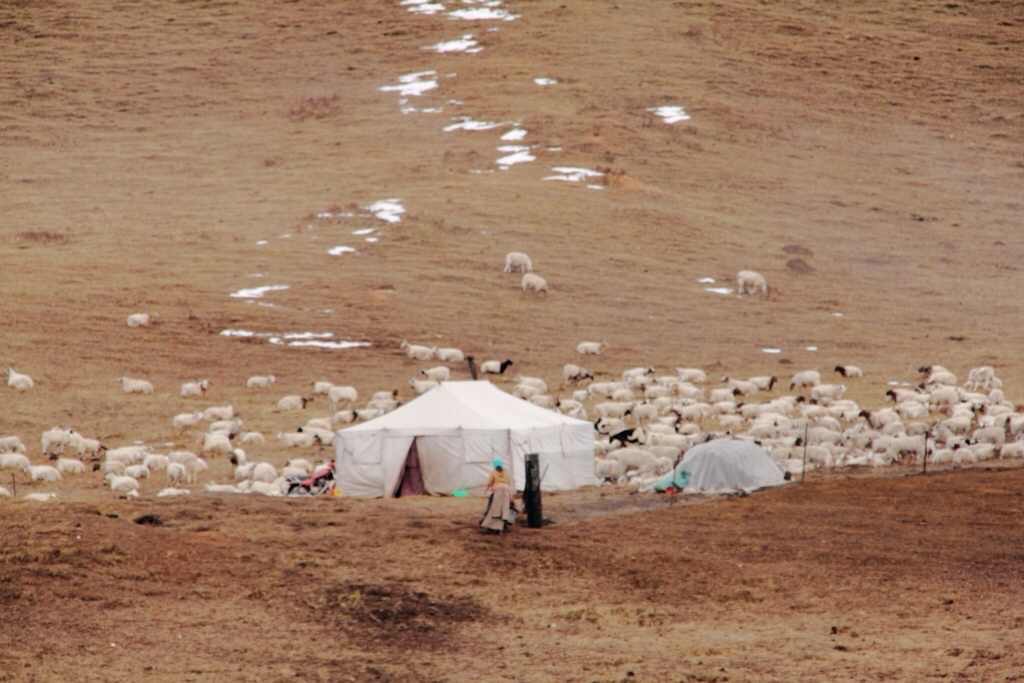
In May 2020, the United Nations Development Programme (UNDP) estimated that nearly 60% of children were effectively out of school because of inequities triggered by the pandemic. COVID-19 is a virus. It is not capable of emotionally forming prejudices or compassion to circumstances. It has one sole function: propagation of its kind. However, when COVID-19 performs its function well, it also propagates conditions for the worsening of humanity by exacerbating the inequities that already exist.
When social distancing and homebound learning are the safest options for education, it is easy to think in a home filled with electronic devices that the learning process will be boring, but conceivably doable. Sadly, this comes from a privileged state of comfort to be able to think this way. In late 2021, the United Nations International Telecommunication Union (ITU) estimated that nearly 2.9 billion people- 37% of the world’s population- have never used the internet. Furthermore, even when supplied with internet access, it is also unlikely that reliable connections and affordability will be guaranteed in rural areas of the Global South. No school to go to learn + no access to continued coursework online = not receiving an education. The world may continue clinging to a “this too shall pass” sentiment when remembering days gone by and longing for a return to the enjoyments of 2018. “This too shall pass” is not enough to prevent regression of previous knowledge acquisition when continuing an uninterrupted education can once again be a universally viable option.
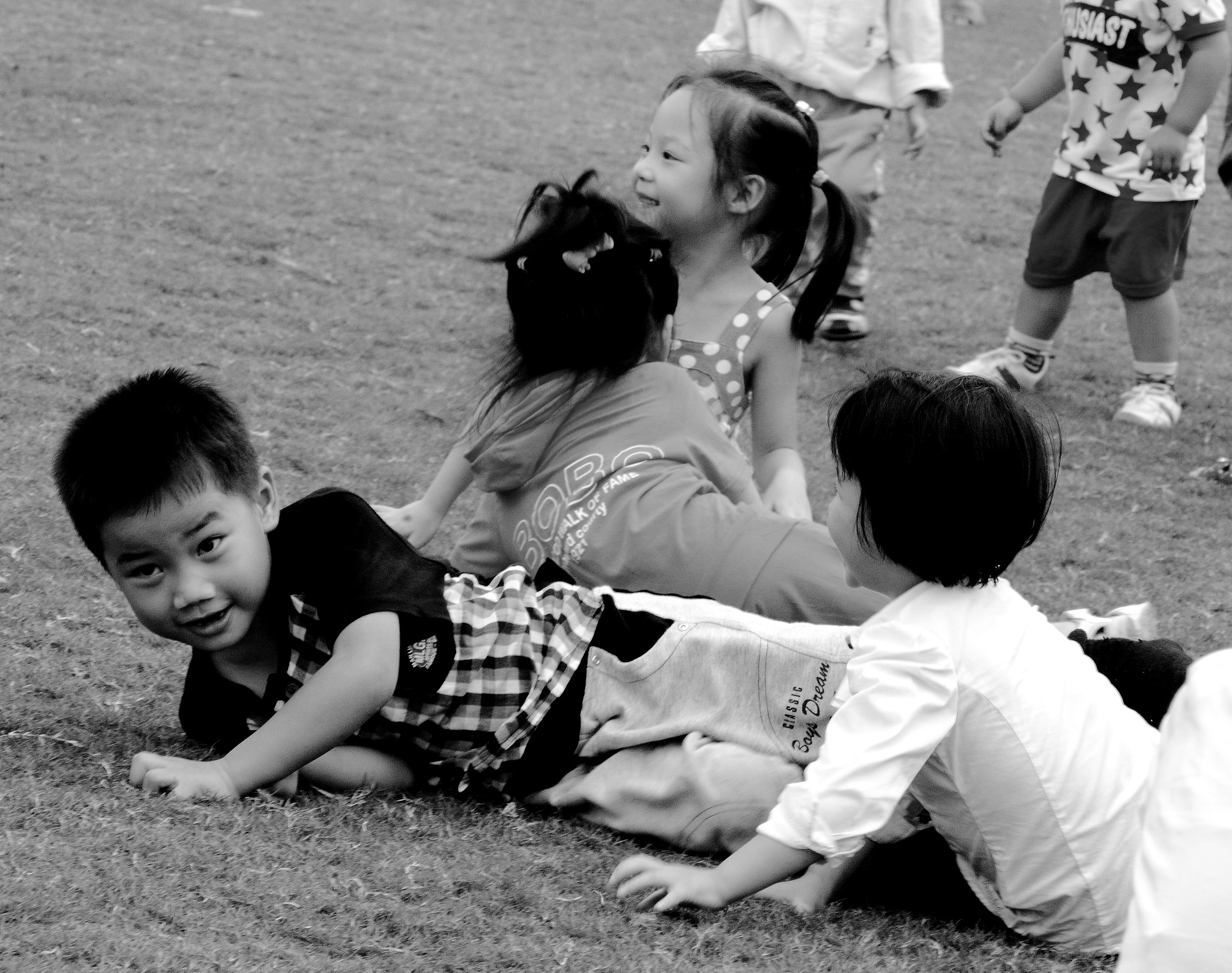
People globally were dealt a horrific hand in 2020, but blame cannot be placed entirely a virus for toppling global educational progress. Indeed, plenty of blame can be shared with the pre-existing lack of equity in educational resources and opportunities that has plagued and will continue to plague the world’s children far longer than COVID-19. Love it or hate it, homebound classroom experiences have taught us a few things that may be the answer. A “classroom” is a space of students and instructors working together, but perhaps it is time to challenge our images of this space being a distinct location with bricks and mortar.

What if instead of extracting resources to create buildings and specialized transportation systems for taking students to and from stress-inducing sites, we instead invested the time and resources into training educators to use natural spaces as classrooms? Take a moment to imagine the possibilities. Students spanning different regions able to co-learn with one another and share different cultural interpretations of course content. Students with Autism Spectrum Disorder and ADHD learning in spaces in which they are in control of sensory stimulation and triggers of discomfort. New teachers - a group disproportionately likely to leave the profession within the first five years - having greater freedom of choice of work environment. School as a physical space for children to attend will not cease to exist, nor should it. However, the Pandora’s box of opportunity and awareness for reimagining education has been unleashed. Now, as people, we have the privilege to decide how best to harness its endless possibilities.
